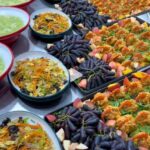Creating appealing and nutritious meals for young children is an art that parents and schools should master. A quality kindergarten should not only have dedicated teachers but also be able to provide healthy and tasty meals to fuel the children’s growth and development.
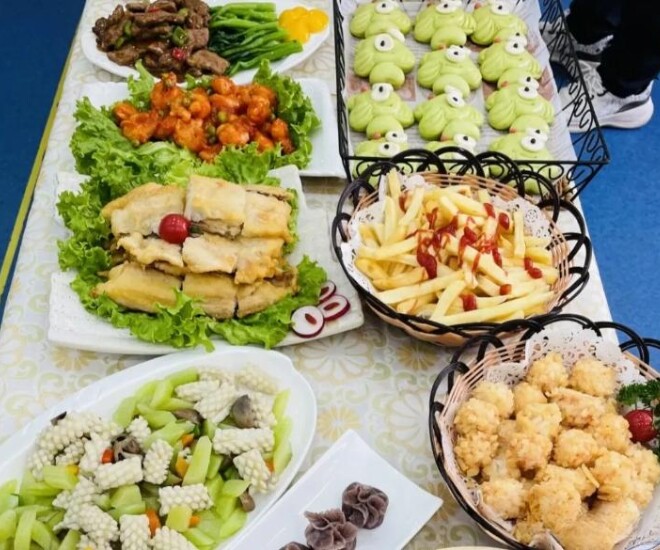
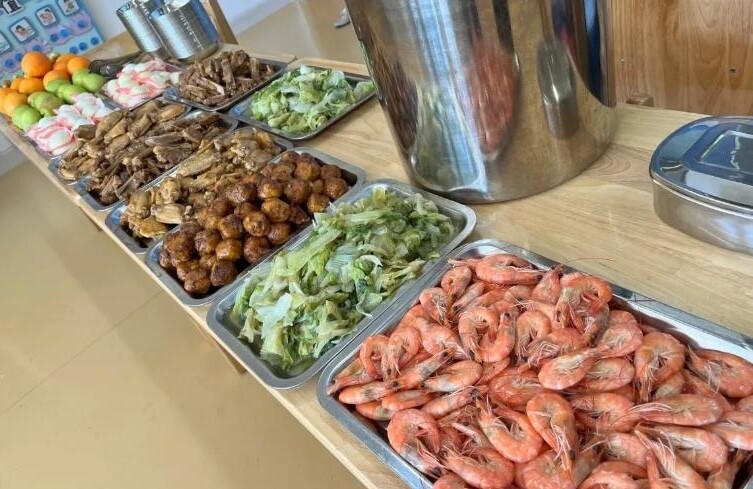
A kindergarten in Shenzhen, China, has recently gone viral for its delicious and nutritious meals. The photos, taken by a teacher and shared with parents, showcase a mouth-watering spread that has everyone talking. Impressed by the quality of the meals, one parent shared the photos on social media.
The kindergarten immediately gained attention, with many parents commenting and asking for the school’s address. Some even visited the school to meet the principal and enroll their children.
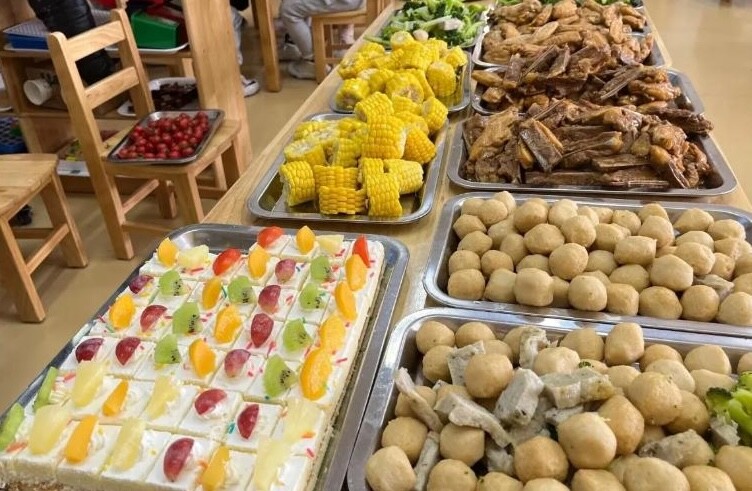
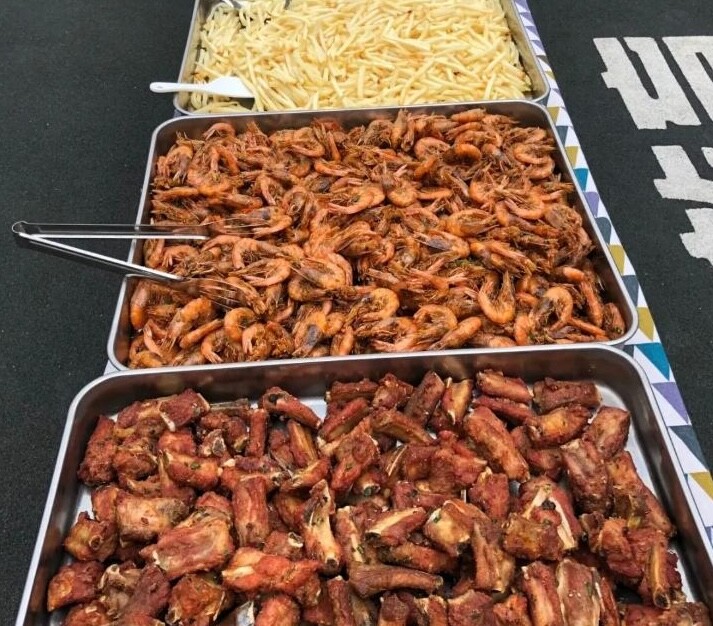

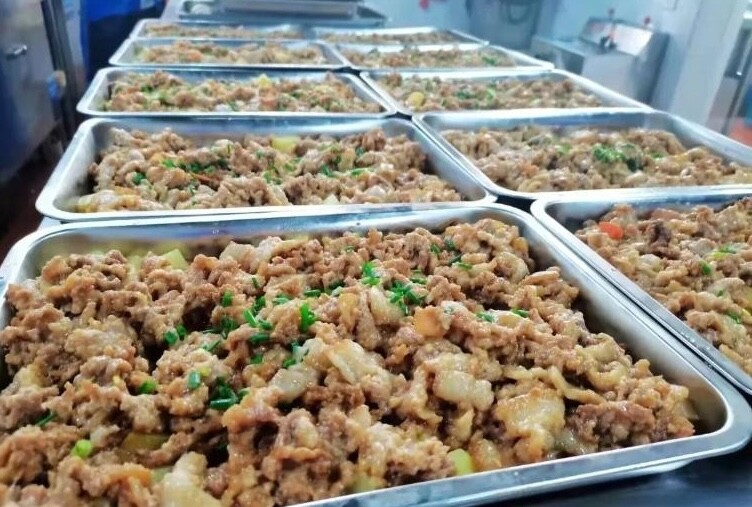
The meals, comparable to a 5-star restaurant spread, include dishes such as braised ribs, fried chicken, stir-fried squid with vegetables, boiled shrimp, fish fillet, meatballs, stir-fried cabbage, cakes, and fruits. It’s no wonder that parents are impressed by the well-balanced and delicious meals.
According to experts, a balanced diet for kindergarten-aged children should include the following:
– For children aged 2-3 years old:
Mashed rice, porridge, noodles, soup, pho, and milk are recommended. The daily diet should include 4 meals of mashed rice (porridge, noodles, or soup) and 300-400 ml of milk. The daily intake of other foods should be: rice (150-200g), with a reduction in quantity if noodles or soup are consumed; meat, fish, or shrimp (120-150g); oil (30-40g); green vegetables (150-200g); and fruits (200g).
– For children aged 3-5 years old:
They should have 4 meals a day, with increased portions. It is important to offer a variety of foods that the children enjoy. Avoid giving them candy, sugary drinks, or fruit before meals. The daily intake of foods should include: rice (200-300g); meat, fish, or shrimp (150-200g); oil (30-40g); green vegetables (200-250g); fruits (200-300g); and milk (300-400 ml).
Therefore, parents of kindergarten-aged children should pay close attention to the meals provided by the school and ensure that they meet the promised nutritional standards. If not, timely intervention may be necessary.
The following principles should be considered when creating a balanced diet for young children:
1. The diet should provide sufficient energy for the child’s daily activities, including play, learning, and rest. It should include a balance of protein, carbohydrates, fats, vitamins, minerals, and fiber. A varied diet stimulates the child’s appetite and encourages a healthier intake.
2. Seasonal and preferred foods: Incorporate seasonal produce to ensure a diverse and nutritious diet while also maintaining food safety and hygiene. Young children’s digestive systems are sensitive, so fresh and chemical-free foods are essential.
Restricted foods include carbonated drinks, sugary treats, deep-fried foods, and hard candies or snacks that can damage young teeth.
“Parents Shocked by $2.50 Daily Lunch Fee for Kindergarteners”
Introducing a glimpse into the lavish lunch affairs of the elite, as witnessed through a series of captivating photographs. Prepare to be awe-struck as you step into a world of culinary refinement, where young scholars indulge in exquisite dishes fit for royalty. These fortunate students are privy to a dining experience that surpasses the ordinary, leaving parents questioning if their eyes deceive them.

